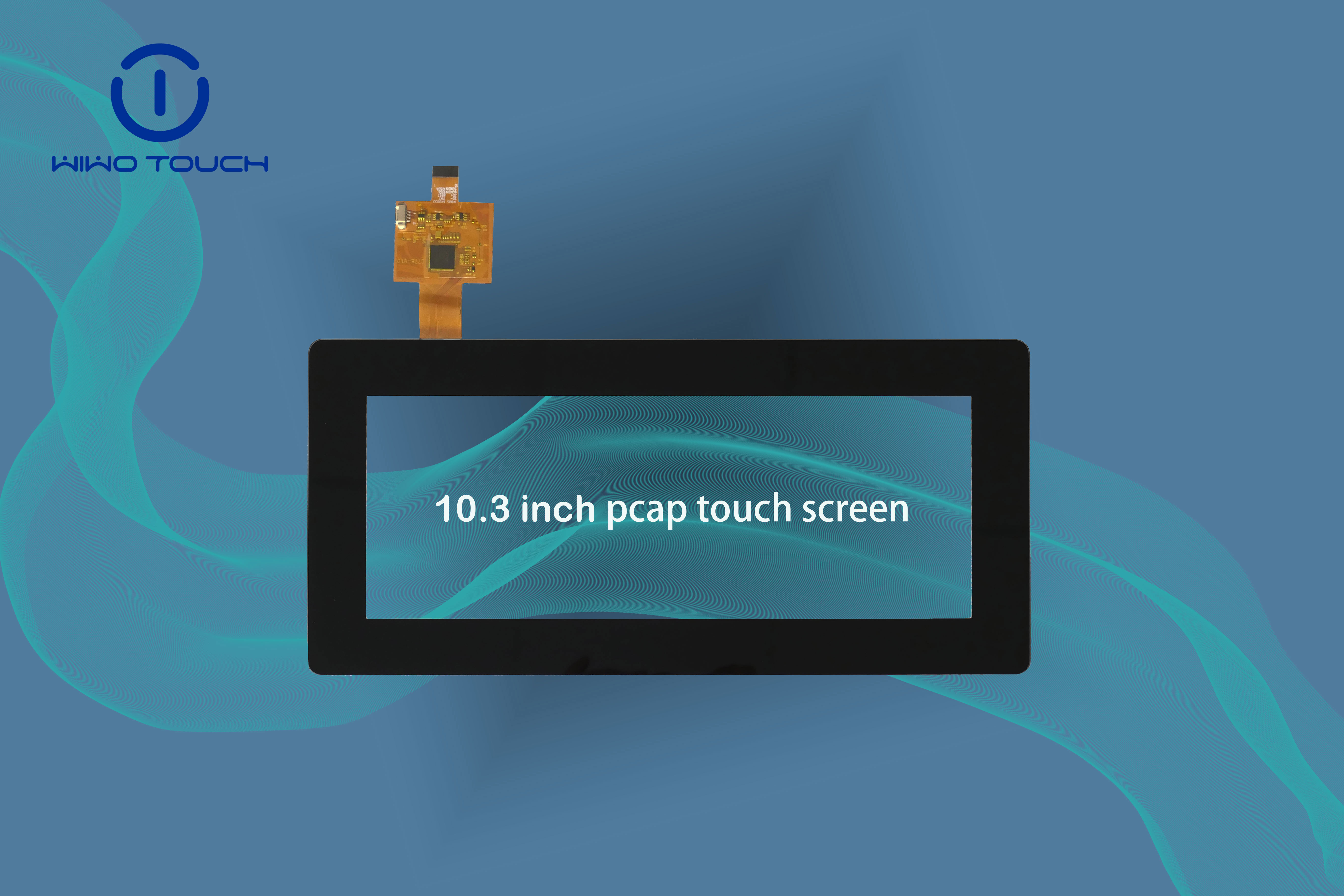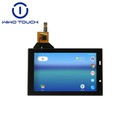Touch screens are a type of display technology that allows users to interact with a device by directly touching the screen. They have become increasingly popular and are widely used in various devices such as smartphones, tablets, laptops, and interactive displays.
Here are some key points about touch screens:
Types of touch screens: There are several types of touch screen technologies, including resistive, capacitive, infrared, surface acoustic wave, and optical imaging. Each technology has its own advantages and disadvantages in terms of accuracy, durability, multitouch capability, and cost.
Resistive touch screens: These screens consist of multiple layers, with a flexible top layer and a rigid bottom layer separated by insulating dots. When pressure is applied to the screen, the layers make contact, and the touch position is determined. Resistive touch screens can be operated with any object, including gloved fingers or styluses.
Capacitive touch screens: Capacitive screens use a layer of indium tin oxide (ITO) coated on a glass panel. When a finger touches the screen, it creates a disruption in the screen's electrostatic field, which is detected by the touch controller. Capacitive touch screens offer better clarity, durability, and multi-touch support compared to resistive screens, but they require a conductive input like a finger.
Multitouch capability: Many modern touch screens support multitouch gestures, allowing users to perform actions like pinch-to-zoom or two-finger scrolling. This is achieved through advanced touch controllers that can detect and interpret multiple simultaneous touch inputs.
Touch screen controllers: Touch screens require dedicated controllers to process and interpret touch inputs. These controllers communicate with the device's operating system to translate touch gestures into commands.
Touch screen applications: Touch screens have revolutionized user interfaces and enabled intuitive interaction with devices. They are widely used in smartphones, tablets, laptops, ATMs, information kiosks, point-of-sale systems, gaming consoles, and many other devices.
Advantages of touch screens: Touch screens provide a more direct and intuitive way of interacting with devices compared to traditional input methods like keyboards and mice. They offer ease of use, quick response times, and can support a wide range of gestures and interactions.
Limitations of touch screens: Touch screens can be prone to fingerprints, smudges, and scratches. They may also have limitations in precision, especially for tasks that require fine control or precise input. Additionally, prolonged use of touch screens without proper ergonomics can lead to discomfort or repetitive strain injuries.
Overall, touch screens have transformed the way we interact with technology, making devices more user-friendly and accessible. Their widespread adoption and continuous advancements in touch screen technology have led to innovative and interactive user experiences in various fields.





